This Post May Contain Affiliate Links. Please Read Our Disclosure Policy.
Sous vide pork tenderloin is unbelievably tender and juicy, absolutely cooked to perfection in a heat-regulated water bath. The slow-cooking method guarantees even, thorough cooking, and our simple seasoning enhances the flavors of the tenderloin. We finish it off with a quick sear in melty hot butter to give the tenderloin a beautiful gold crust and a slight crisp that’s simply irresistible.
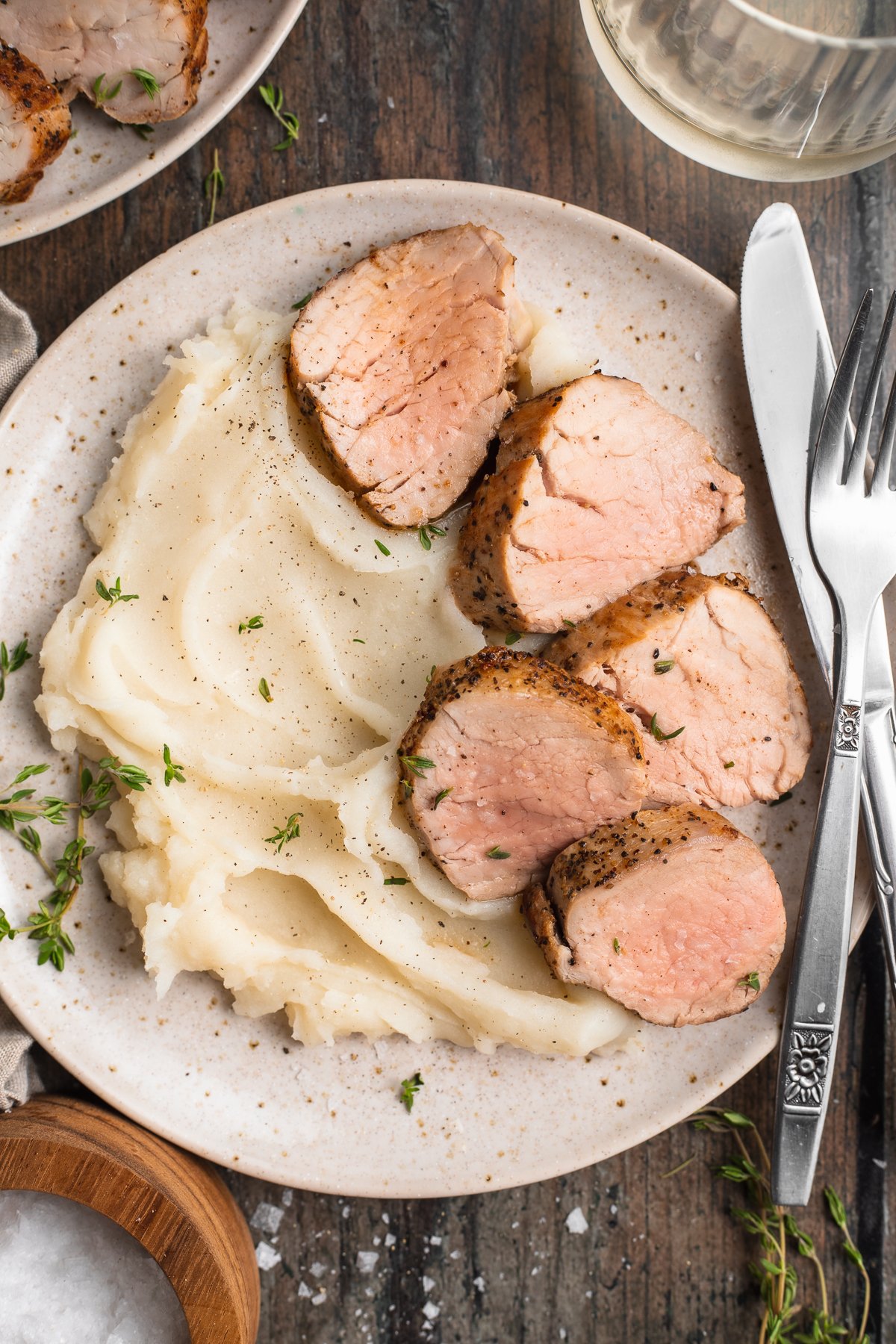
What Makes This Recipe So Good
- You’ll never believe just how juicy and tender pork tenderloin turns out when it’s cooked in a sous vide… not until you try it, at least! Because the tenderloin is cooked in a vacuum-sealed bag that’s submerged in a temperature-controlled water bath, it’s cooked evenly on all sides at all times. The pork’s natural juices are locked in during the entire cook time, too, so there’s no risk at all of it drying out.
- We finish the tenderloin off with a quick sear in a pan of hot butter (or neutral oil, if you’d rather). Why? To give the tenderloin a rich, golden brown color and a slightly crisp skin that further locks in the pork’s juices but also just adds a really nice texture and flavor to the dish overall.
- Watching your fat intake, or really focusing on your daily protein goals? Pork tenderloin is the leanest and most tender cut of pork – it’s actually just as lean as chicken breast! It’s a great source of low-fat protein, and it’s rich in essential vitamins and minerals.
Chef’s Tips
- We kept the seasonings here SUPER simple – a few fresh herbs, some salt, some pepper, a touch of garlic. Feel free to change things up however you like, though. Use a variety of herbs, or rub the tenderloin down with cajun seasoning. Toss some chopped onion in the sous vide bag, or use a little honey or dijon mustard. You can get really creative with your flavors here!
- Highly, highly recommend checking the tenderloin with a meat thermometer before serving it. The cook times are fairly reliable, but still, no one wants an under- or over-cooked pork tenderloin. Like steak, tenderloin can be served medium-rare (140°-150°F), medium (150°-155°F), or medium-well (155°-160°F). I don’t recommend rare or well-done, though. 145°-150°F is the real sweet spot, in my opinion.
- Don’t skip the rest time. Seriously – it’s really important if you want a nice, juicy pork tenderloin. Letting the meat rest before slicing it gives the juices time to redistribute throughout and be reabsorbed by the fibers in the meat, which locks the juices in and keeps the meat nice and tender. Have patience, I beg of you!
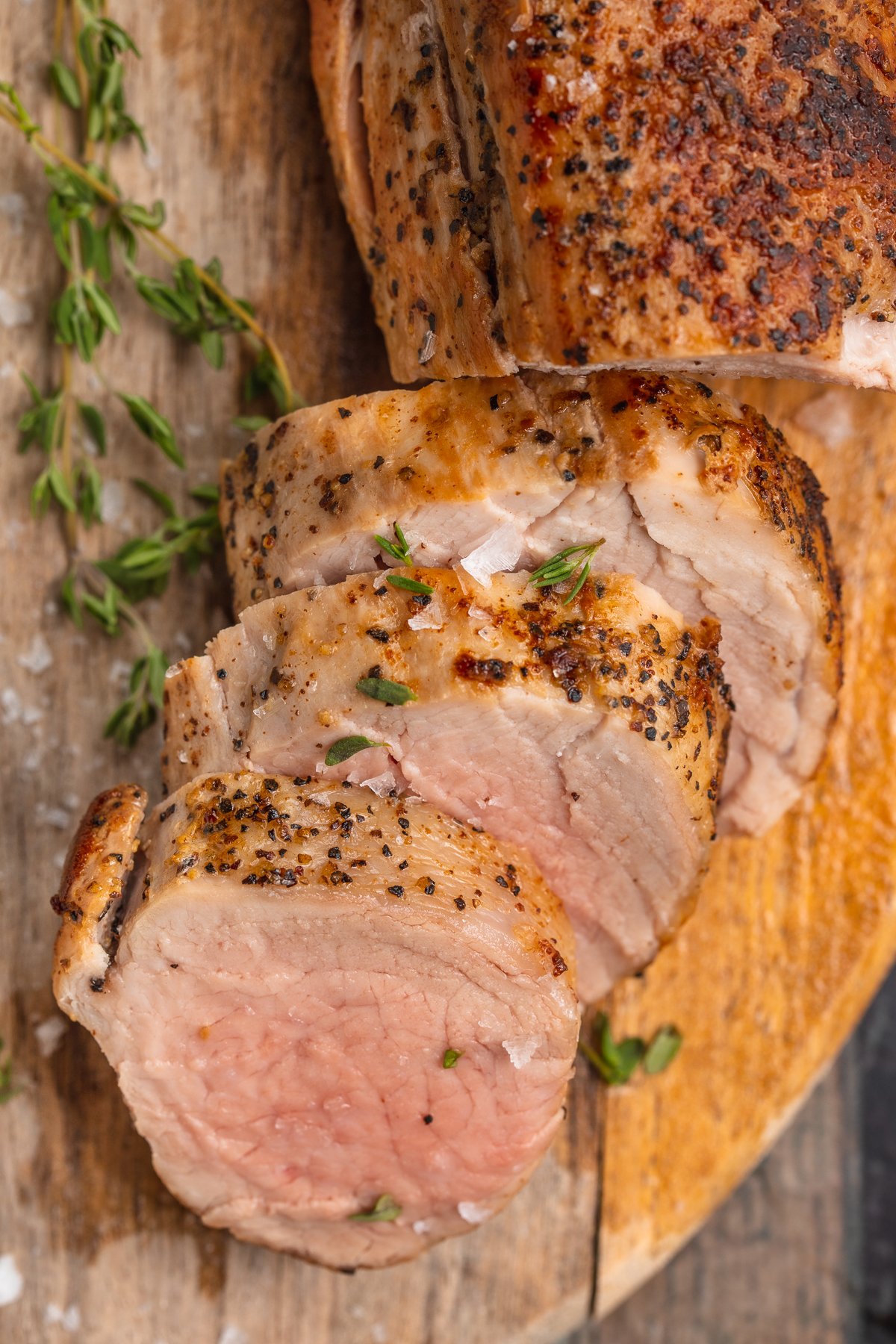
Sides That Go Well with This Recipe
- Corn Souffle
- Simple Sauteed Cabbage
- Cauliflower Au Gratin
- Air Fryer Potato Wedges
- Hasselback Sweet Potatoes
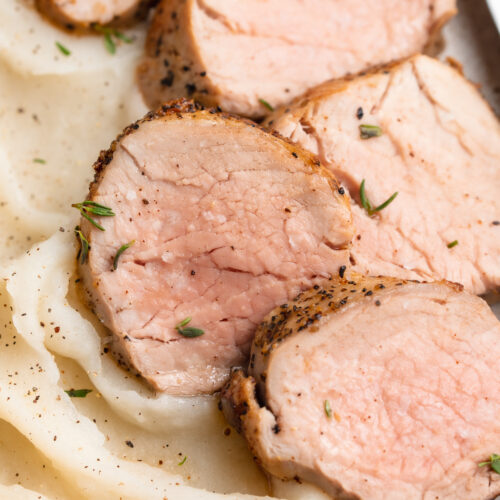
Sous Vide Pork Tenderloin
Equipment
- Large pot
- Sous vide immersion circulator
- Cutting board
- large food-safe vacuum sealing bags or large sealable food-safe plastic bag
- vacuum sealer optional, see Notes for alternative
- Paper towels
- Large skillet
- Tongs
- Meat thermometer optional but recommended
- Sharp knife
Ingredients
- 1 whole pork tenderloin approximately 1-1 ½ pounds
- salt to taste
- freshly cracked black pepper to taste
- 2-4 sprigs fresh herbs of choice thyme, rosemary, oregano, etc.
- 1-2 cloves garlic peeled, smashed
- 2 tablespoons butter see Notes
Instructions
- Fill large pot or other large, heat-resistant container with water. Insert sous vide immersion circulator and set to 140° Fahrenheit. Note: pot must be deep enough that water level falls between minimum and maximum indicators on circulator.
- Place whole pork tenderloin on cutting board. Generously season each side of tenderloin with salt and pepper to taste.
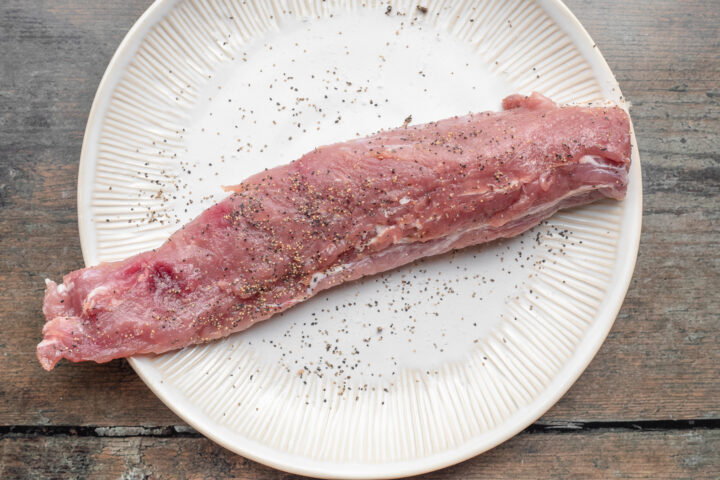
- Transfer seasoned pork tenderloin to food-safe bag. Add fresh herbs and smashed garlic, then remove as much air from bag as possible with vacuum sealer or water displacement method (see Notes) and seal bag shut.
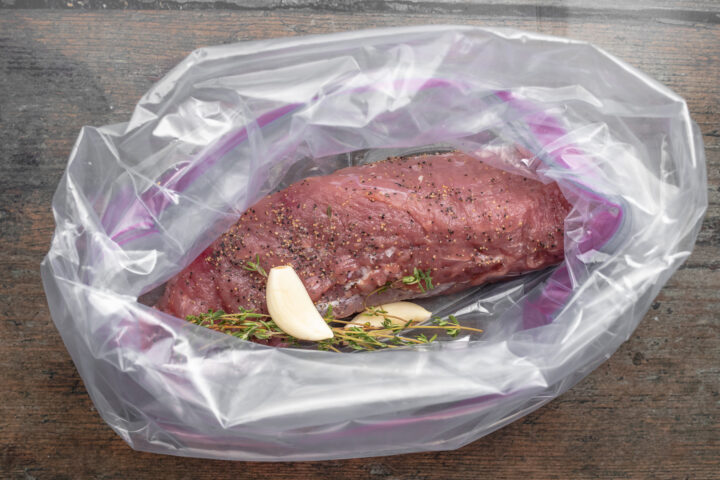
- Once water bath is preheated to 140° Fahrenheit, place sealed bag in pot, making sure tenderloin is entirely submerged in water. Weigh bag down with weights or silverware attached to bottom of bag if needed. Food must be fully submerged to cook properly.
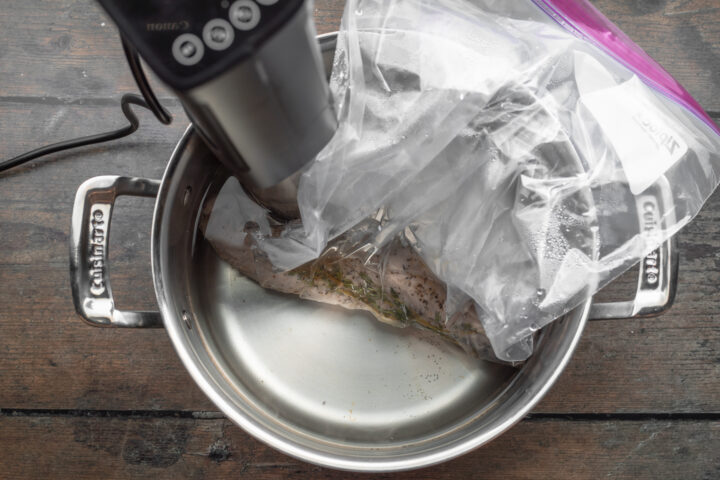
- Cook tenderloin in water bath for 1 to 2 hours, depending on desired doneness. See Notes for specific cooking times.
- When preferred cook time is finished, carefully remove bag from water bath. Remove pork tenderloin from bag and pat tenderloin completely dry with paper towels. Set tenderloin aside.
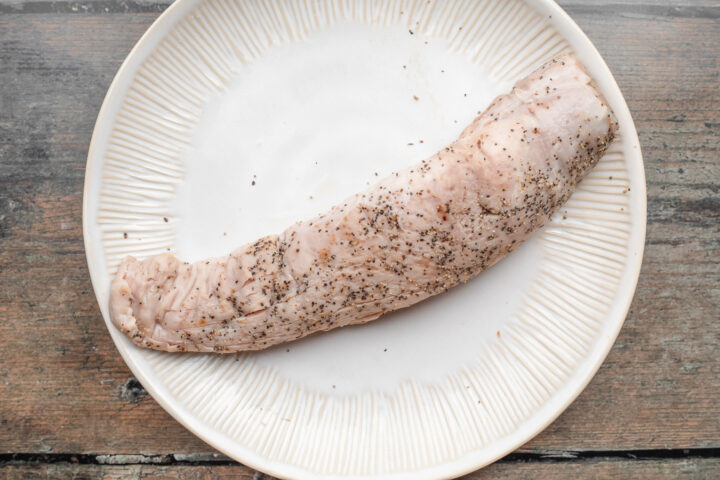
- Heat large skillet on stove over medium-high heat. Once pan is warm, add butter. Let butter melt completely, swirling pan periodically to coat bottom of skillet with butter.
- When butter is melted, add pork tenderloin to skillet. Sear tenderloin 3 to 4 minutes, then flip tenderloin over and sear other side 3 to 4 minutes. Repeat until pork tenderloin is golden brown on all sides.
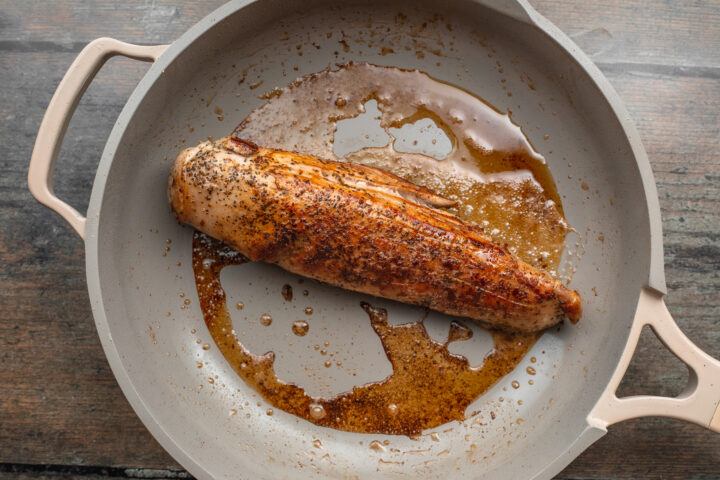
- Transfer seared tenderloin to cutting board and let tenderloin rest, untouched, 10 minutes. After 10 minutes, slice tenderloin and serve immediately with desired sides.
- Water Displacement Method: Place your ingredients in an appropriately-sized sealable food-safe bag and seal the bag halfway across the top. Heat the water with the sous vide immersion circulator as instructed, then slowly lower the half-sealed bag into the heated water. The temperature difference outside the bag will force the air out of the bag – you should see the plastic cling to the food. Once the food is entirely submerged and the air is all out, seal the bag completely and continue with the cooking.
- Make it Paleo: Use ghee or neutral oil instead of butter.
- Make it Dairy Free: Use a plant-based butter, or use neutral oil instead of butter.
Cook Times & Results
- For medium-rare pork tenderloin, cook at 140°F for 1 hour. Pork should reach 140-150°F internally.
- For medium pork tenderloin, cook at 140°F for 1 ½ hours. Pork should reach 150-155°F internally.
- For medium-well pork tenderloin, cook at 140°F for 2 hours. Pork should reach 155-160°F internally.
Approximate Information for One Serving
Nutrition Disclaimers
Number of total servings shown is approximate. Actual number of servings will depend on your preferred portion sizes.
Nutritional values shown are general guidelines and reflect information for 1 serving using the ingredients listed, not including any optional ingredients. Actual macros may vary slightly depending on specific brands and types of ingredients used.
To determine the weight of one serving, prepare the recipe as instructed. Weigh the finished recipe, then divide the weight of the finished recipe (not including the weight of the container the food is in) by the desired number of servings. Result will be the weight of one serving.
Did You Make This Recipe?
Tag @40aprons on Instagram and be sure to leave a review on the blog post!
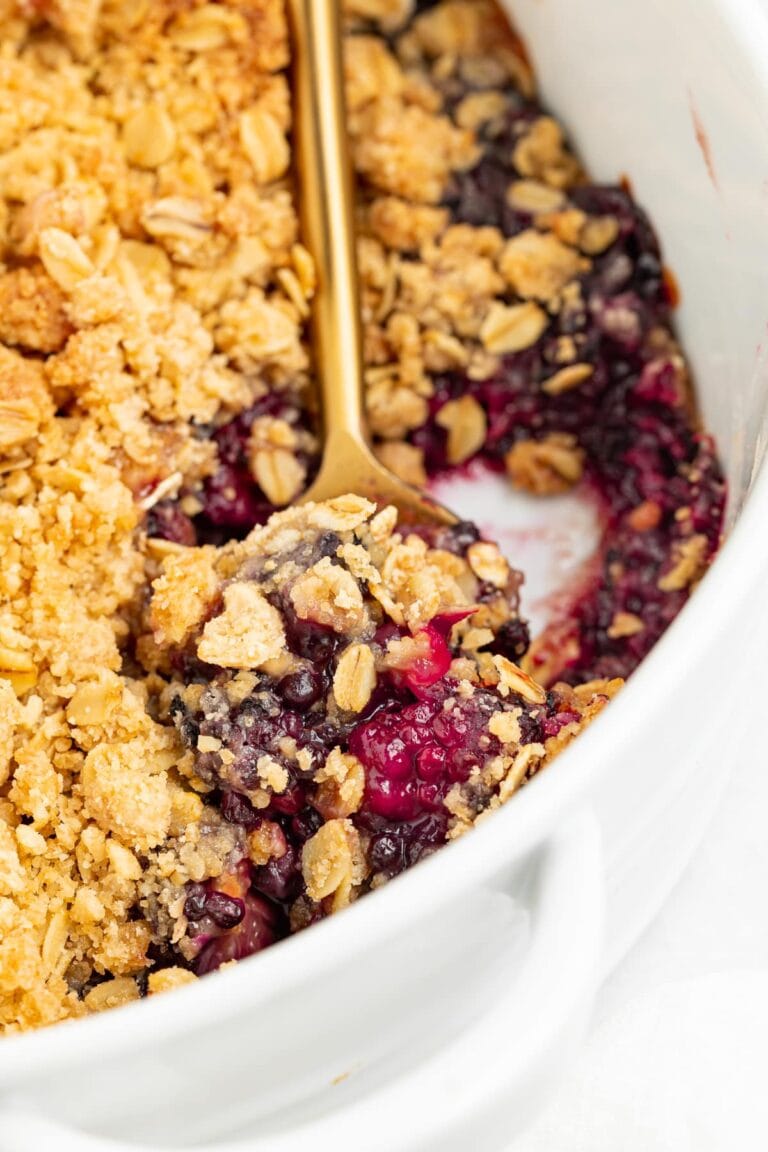
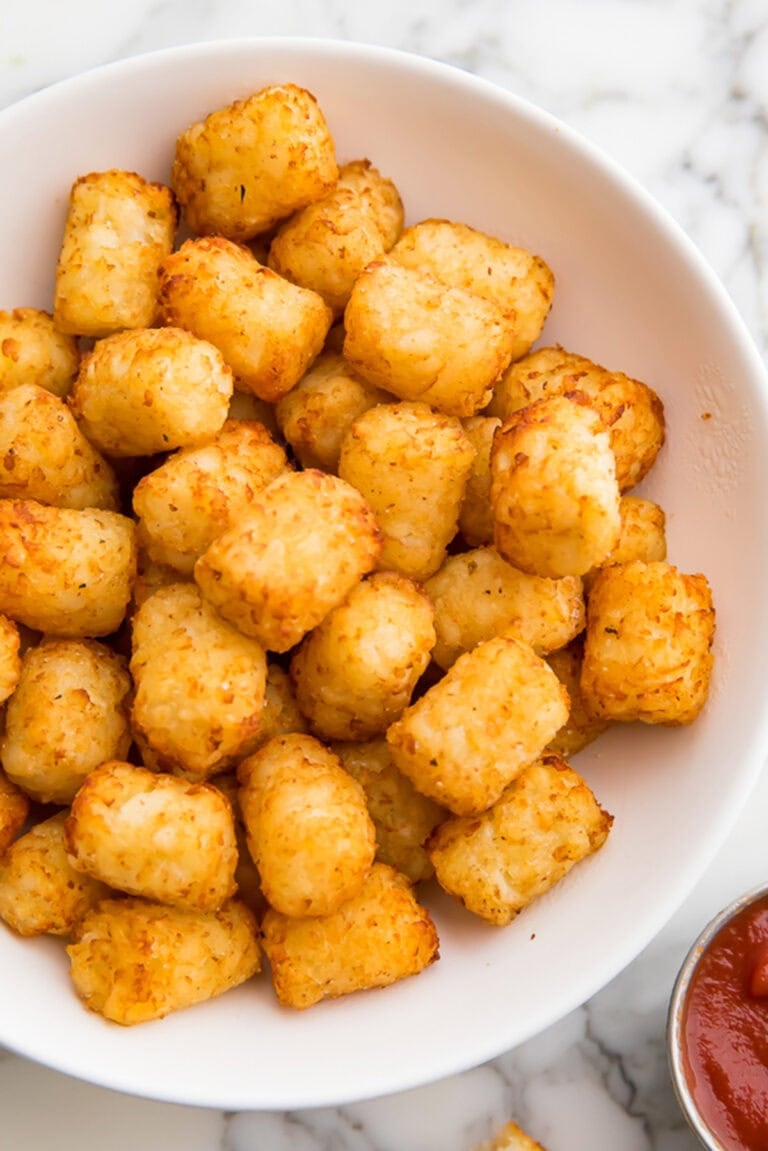
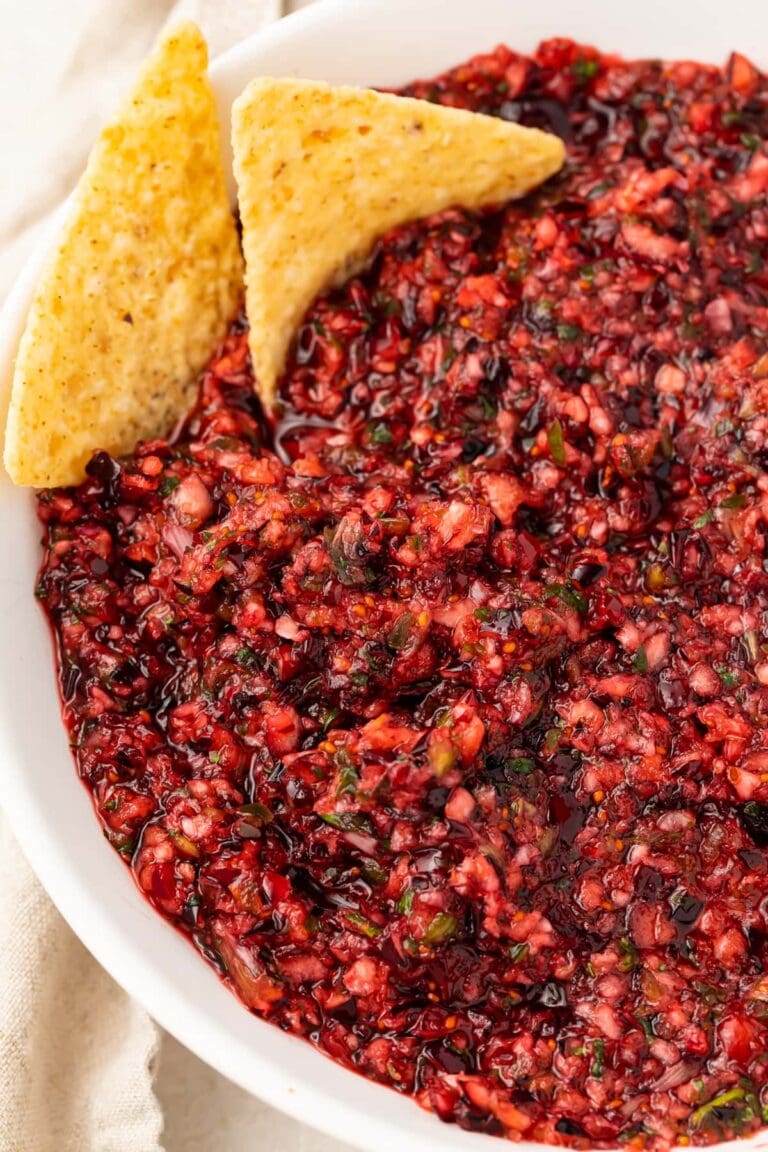
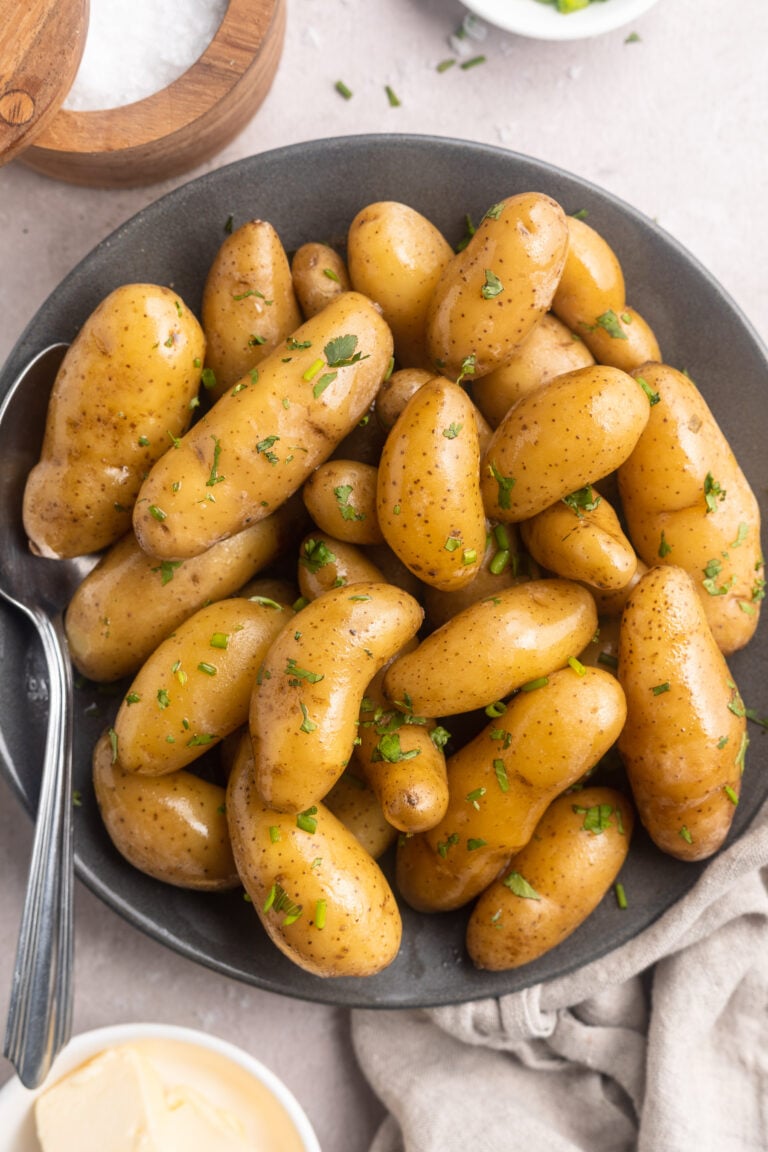
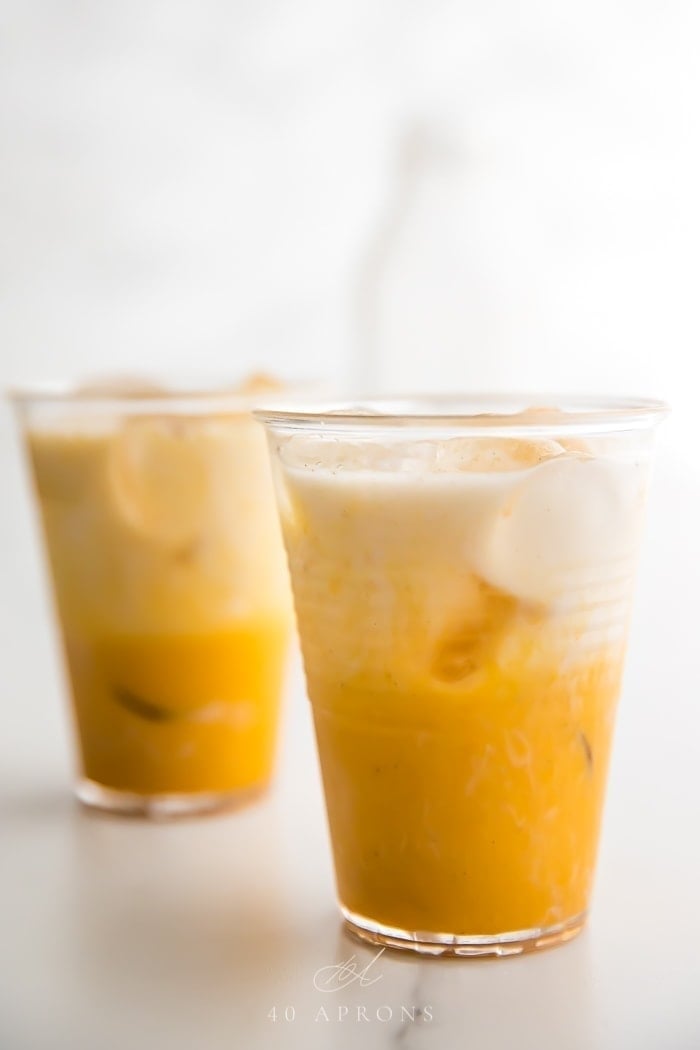










Never Miss A Meal!
New Recipes Straight To Your Inbox
A curated selection of our most recent recipes, delivered straight to your inbox once a week.
Thank you!
You have successfully joined our subscriber list.